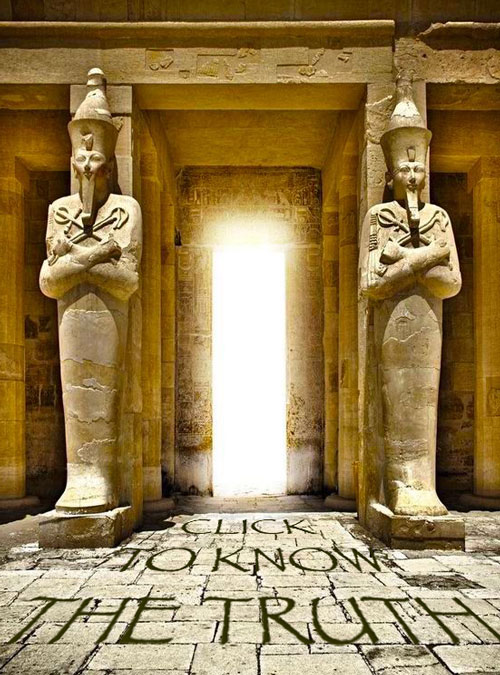The Royal Calendar
Do you remember a version of this rhyme?
Thirty days hath September, April, June and November…

This traditional English mnemonic is used to remember the months of our Gregorian calendar. But it has no rhythm which suggests that it doesn’t reflect our seasonal cycles. It’s a mess because we took the fractional length of the Earth year and divided it unequally by a random number of periods. To remember these varying lengths, we developed the knuckle mnemonic on the grounds that using your fist was easier.
Today, most of us know that we have four seasons in an Earth year. Some of us know that each one is 91 days long. The middle day of each “lunar year” is referred to as an equinox or a solstice. At the solstices, the Sun will appear at the top or bottom of an analemma. Equinoxes, in turn, appear below the neck. So a winter solstice above the Callanish Stones, Scotland looks like this:

The north–south component of the analemma results from the change in the Sun’s declination due to the tilt of Earth’s axis of rotation. The east–west component results from the non-uniform rate of change of the Sun’s right ascension, governed by the combined effects of Earth’s axial tilt and orbital eccentricity. Due to this, 13 rules our septenary lunar and terrestrial cycles. This can be written:
» 13 cycles of 7 days = 91 days «
» 13 cycles of 28 days = 364 days «
The menstrual period is the natural change that occurs in the female reproductive system (specifically the uterus and ovaries) that makes pregnancy possible. Governed by Seshat, this 28-day cycle starts with ovulation and is reflected in the lunar month:

The royal calendar is based on this 13 Moon, 28-day cycle. So were the Mayan, Incan and Druidic calendars. This pattern implies that time is a universal factor of synchronisation: it distinguishes between a natural timing frequency that aligns the universal order and an artificial timing frequency that governs modern human civilisation.
The 13 Moon, 28-day calendar is the true standard of time for anyone wishing to align their awareness. As a perfect measure of cosmic time, this calendar is actually a “synchronometer”. Followed daily, it gives us a new cadence to our lives. But how to convert one calendar to the other? Well, if you look carefully below you can see the Gregorian calendar dates in smaller type beneath the lunar cycle. Indeed, each of the 13 moons has a power and quality which define an annual program to synchronise our consciousness with deeper solar cycles.

What we used to do, and what all advanced races still do, is to ensure that the Moon, Earth and Sun cycles work in harmony without disrupting each other. How do we sync the lunar, terrestrial and solar years? Well, we add one day every four cycles:
» 4 lunar years + 1 day = 1 terrestrial year (365 days) «
» 4 terrestrial years + 1 day = 1 solar year (1,461 days) «

The question then becomes: what is the star that governs our solar system? Well, the Egyptians figured it out—they knew that our Sun takes 1,461 complete days to reappear in the sky in the same place (the solar cycle) and that Sirius takes 1,461 complete years to do the same thing (the sothic cycle). Our Sun then, had a synchronistic time cycle with Sirius:
» 365.25 solar years = 1 sothic year «
So while Earth travels around the Sun every 365.25 cycles, the Sun travels around Sirius every 365.25 cycles, too. It means that Earth is harmonic and part of a flower that blooms far out into the galaxy. This lotus is only visible when we combine the paths of the Sun and Sirius in the sky:

The combined analemmas of these two suns form an equilateral pentagon:

When the equilateral pentagon is dissected into triangles, two of them appear as isosceles (orange and blue) and the other as scalene (green):

Here we reference the Egyptian hieroglyphic for Sirius (below) which has three symbols: the pentagram, the isosceles triangle and the dome. The dome represents the equilateral pentagon as a function of two variables that can be plotted in the 2D plane. Each pair of values (α, β) maps to a single point of the plane and to a single pentagon. Hieroglyphs then, are not translated but rather interpreted:

So this is why the goddess Sopdet had a pentagram just above her head. On July 26 she rose before the Sun and heralded the New Year. As the Lady of Love, she was the muse of the civilised world and the brightest star. The Coming Forth of Sopdet heralded the inundation of the Nile and her pentagram adorned the dress of Seshat.
When Egypt faltered and dusk fell we came to believe that the Earth was the centre of the universe. Even though we corrected this spacial error, our temporal worldview hasn’t evolved in line with this—in calendar terms we are still trying to place Earth at the centre of the cosmic clock by ignoring the other major bodies.

Above: each seasonal face of El Castillo has 91 steps
However, by dealing with cosmic wholes we can enlarge our context and align ourselves with deeper cycles. Primes like 13 and 7 are prevalent in these rhythms because the universe prefers wholes: they are symbolic of unity and indivisibility. As we journey through the seventh sothic cycle of the royal calendar, remaining synchronous is a powerful way to live our lives. It is time to remember the eternal mnemonic that reconciles our lunar, terrestrial and solar rhythms. Like El Castillo at Chichen Itza we start from the bottom and add one day at the top:
Four swings plus one.
Ninety one beats the drum,
Her lunar septets to the Sun.
Thirteen times the Moon doth hum
